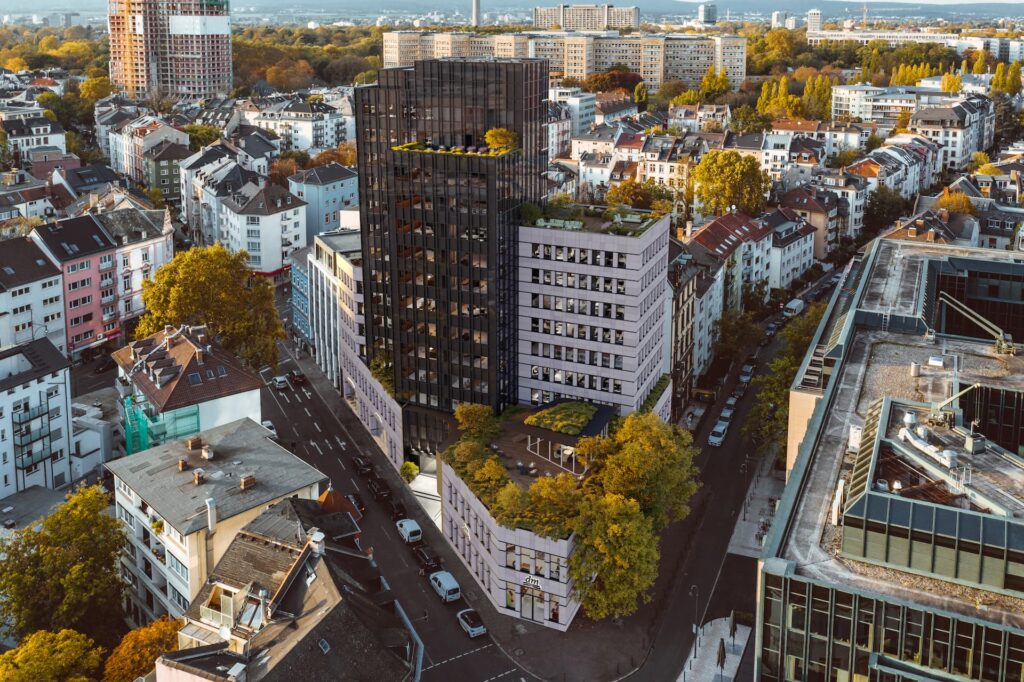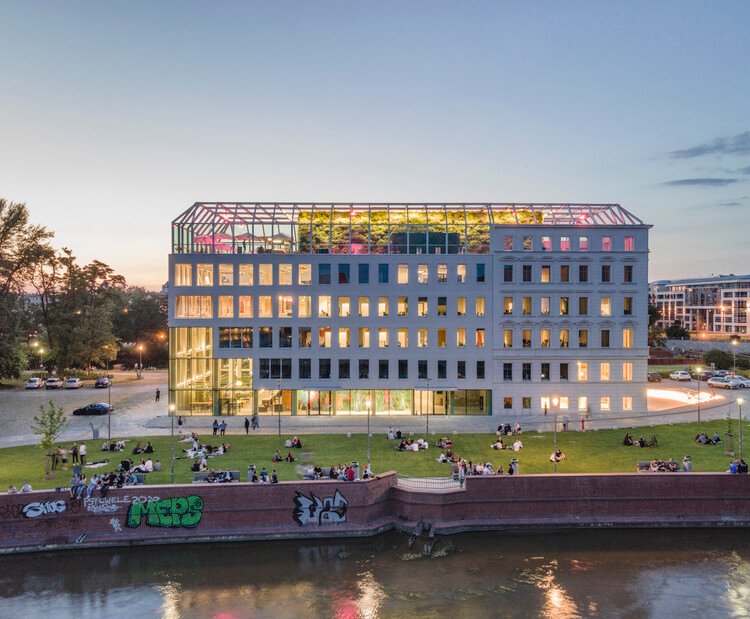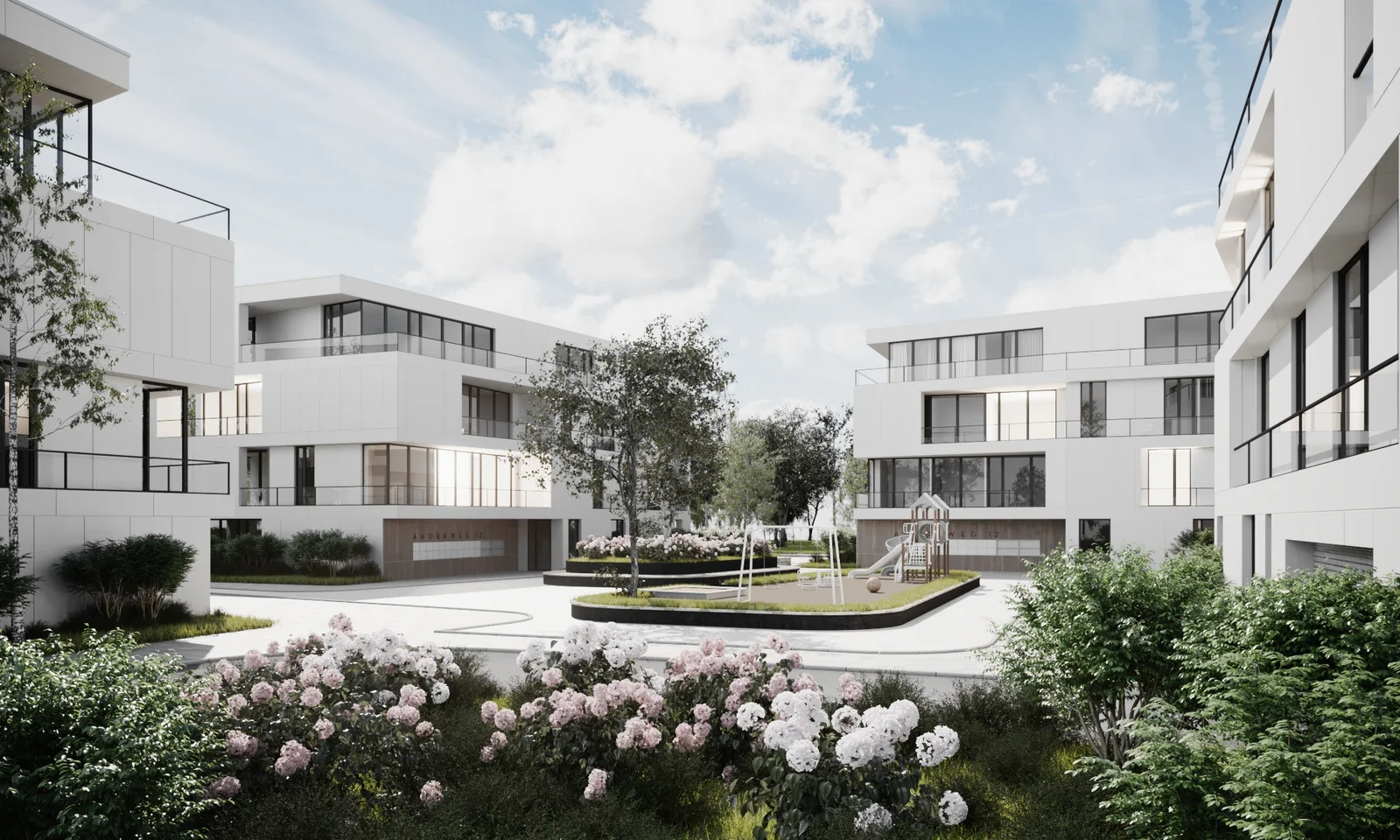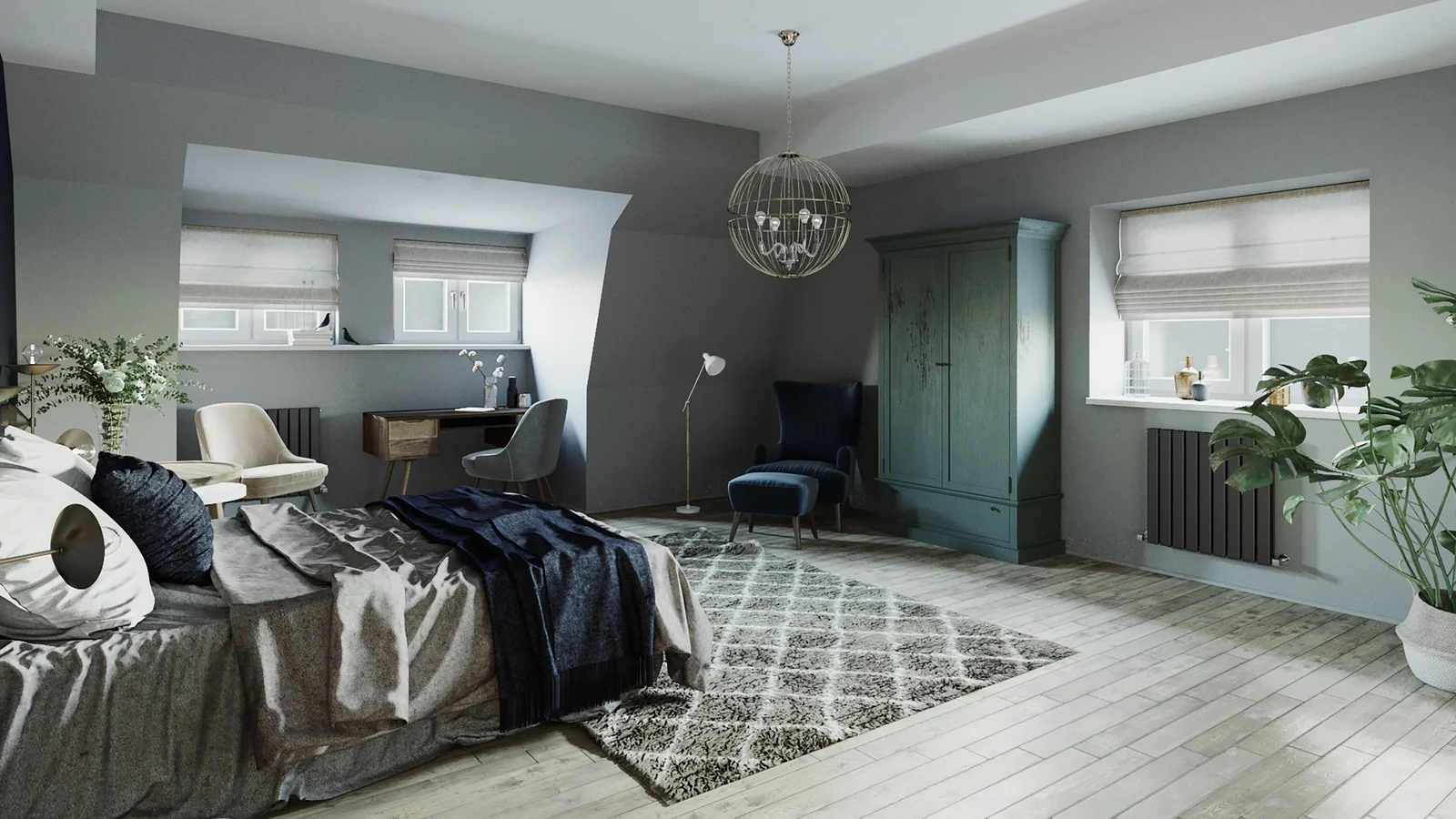The Use of Photorealistic Vegetation in Exterior Renders
As technology advances, the world of architectural visualization has evolved in leaps and bounds. Today, rendering techniques have expanded beyond the mere representation of buildings. Now, they encompass the vivid portrayal of the environment as well, with photorealistic vegetation playing a critical role. This post will delve into the importance and application of photorealistic vegetation in exterior renders, providing insights into the techniques and nuances that can help generate stunning and lifelike architectural presentations.
The Importance of Photorealistic Vegetation in Exterior Renders
The use of photorealistic vegetation in architectural renders is not merely an aesthetic choice but an integral aspect of creating immersive and realistic visualizations. The presence of trees, plants, and greenery adds life and authenticity to the rendered scenes, making them more appealing and believable to the viewer. Let’s delve deeper into why photorealistic vegetation is so crucial for exterior renders.
Enhancing Realism
The primary objective of any architectural render is to depict a realistic and convincing representation of the design. The integration of photorealistic vegetation is a critical factor in achieving this goal. Trees, shrubs, and grass rendered with high detail contribute to the overall realism, providing a sense of depth, scale, and context to the architectural design.
Creating a Natural Environment
Photorealistic vegetation not only enhances the realism but also helps in creating a natural and inviting environment. A building, no matter how beautifully designed, can appear stark and uninviting without the presence of greenery. By contrast, the inclusion of trees and plants makes the scene look vibrant and lively, painting a picture of the building in harmony with its natural surroundings.
Providing Context and Scale
Another important function of photorealistic vegetation in exterior renders is providing context and scale. The size and placement of trees can indicate the size and proportions of the building, giving the viewer a clearer understanding of the architectural design. Moreover, the type of vegetation can provide clues about the building’s location, whether it’s in a tropical, temperate, or arid region.
Enhancing Architectural Design with Photorealistic Vegetation
The Impact of Photorealistic Vegetation on Viewer Perception
The use of photorealistic vegetation in exterior renders has a significant impact on how the viewer perceives the design. When a viewer looks at a rendering, they not only see the structure itself but also the environment around it. The vegetation, in particular, plays a crucial role in creating a sense of context, mood, and realism. For instance, an architectural exterior featuring lush, vivid greenery can evoke a sense of tranquility and connection with nature, while a render with sparse, dry vegetation might suggest a harsher, more arid environment.
Incorporating photorealistic vegetation also enhances the viewer’s understanding of the site’s geography and climate, contributing to a more comprehensive and accurate representation of the project. This level of detail can significantly influence the viewer’s perception and reception of the design.
The Role of Photorealistic Vegetation in Aesthetics and Realism
In addition to providing context, the use of photorealistic vegetation in exterior renders also elevates the aesthetic appeal and realism of the design. Unlike simplistic, generic representations of plants, photorealistic vegetation carries highly detailed, accurate visual information. Every leaf, branch, and petal is rendered with precision, creating a level of detail that closely resembles the complexity and diversity of real-life flora.
This high level of detail not only makes the render more visually appealing but also more convincing. The viewer is more likely to believe in the reality of a design when it features realistic vegetation, as it signals meticulous attention to detail and a comprehensive understanding of the environment.
Techniques for Achieving Photorealistic Vegetation in Exterior Renders
Utilizing Advanced Rendering Software and Tools
Achieving photorealistic vegetation in exterior renders requires the use of advanced rendering software and tools. These tools offer a wide range of features that allow for detailed modeling, texturing, and shading of vegetation. For instance, some software provides extensive libraries of plant species, each with its own unique characteristics and attributes. Others equip designers with tools to customize vegetation according to their specific needs, allowing for a high degree of realism and accuracy.
Applying Real-World Observations and References
Another crucial technique for achieving photorealistic vegetation involves applying real-world observations and references. This means studying different types of plants, their physical characteristics, how they interact with light, and how they change with seasons. Designers can then apply these observations to their renders, imbuing them with a level of realism that can only come from a deep understanding of the natural world.
Photorealistic vegetation in exterior renders brings designs to life, providing context, enhancing aesthetics, and increasing realism. With the right tools and techniques, designers can create stunning, lifelike environments that captivate and convince their viewers.
Enhancing Architectural Design with Photorealistic Vegetation
The Impact of Photorealistic Vegetation on Viewer Perception
The use of photorealistic vegetation in exterior renders has a significant impact on how the viewer perceives the design. When a viewer looks at a rendering, they not only see the structure itself but also the environment around it. The vegetation, in particular, plays a crucial role in creating a sense of context, mood, and realism. For instance, an architectural exterior featuring lush, vivid greenery can evoke a sense of tranquility and connection with nature, while a render with sparse, dry vegetation might suggest a harsher, more arid environment.
Incorporating photorealistic vegetation also enhances the viewer’s understanding of the site’s geography and climate, contributing to a more comprehensive and accurate representation of the project. This level of detail can significantly influence the viewer’s perception and reception of the design.
The Role of Photorealistic Vegetation in Aesthetics and Realism
In addition to providing context, the use of photorealistic vegetation in exterior renders also elevates the aesthetic appeal and realism of the design. Unlike simplistic, generic representations of plants, photorealistic vegetation carries highly detailed, accurate visual information. Every leaf, branch, and petal is rendered with precision, creating a level of detail that closely resembles the complexity and diversity of real-life flora.
This high level of detail not only makes the render more visually appealing but also more convincing. The viewer is more likely to believe in the reality of a design when it features realistic vegetation, as it signals meticulous attention to detail and a comprehensive understanding of the environment.
Techniques for Achieving Photorealistic Vegetation in Exterior Renders
Utilizing Advanced Rendering Software and Tools
Achieving photorealistic vegetation in exterior renders requires the use of advanced rendering software and tools. These tools offer a wide range of features that allow for detailed modeling, texturing, and shading of vegetation. For instance, some software provides extensive libraries of plant species, each with its own unique characteristics and attributes. Others equip designers with tools to customize vegetation according to their specific needs, allowing for a high degree of realism and accuracy.
Applying Real-World Observations and References
Another crucial technique for achieving photorealistic vegetation involves applying real-world observations and references. This means studying different types of plants, their physical characteristics, how they interact with light, and how they change with seasons. Designers can then apply these observations to their renders, imbuing them with a level of realism that can only come from a deep understanding of the natural world.
Photorealistic vegetation in exterior renders brings designs to life, providing context, enhancing aesthetics, and increasing realism. With the right tools and techniques, designers can create stunning, lifelike environments that captivate and convince their viewers.







